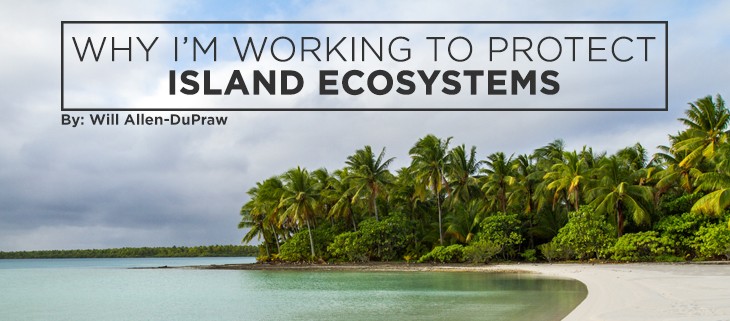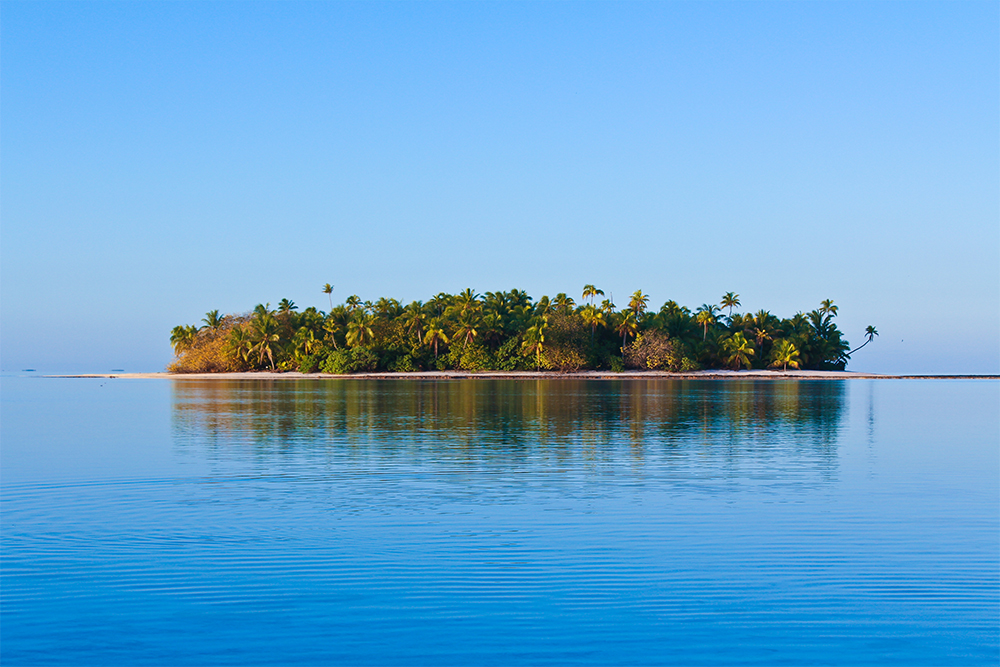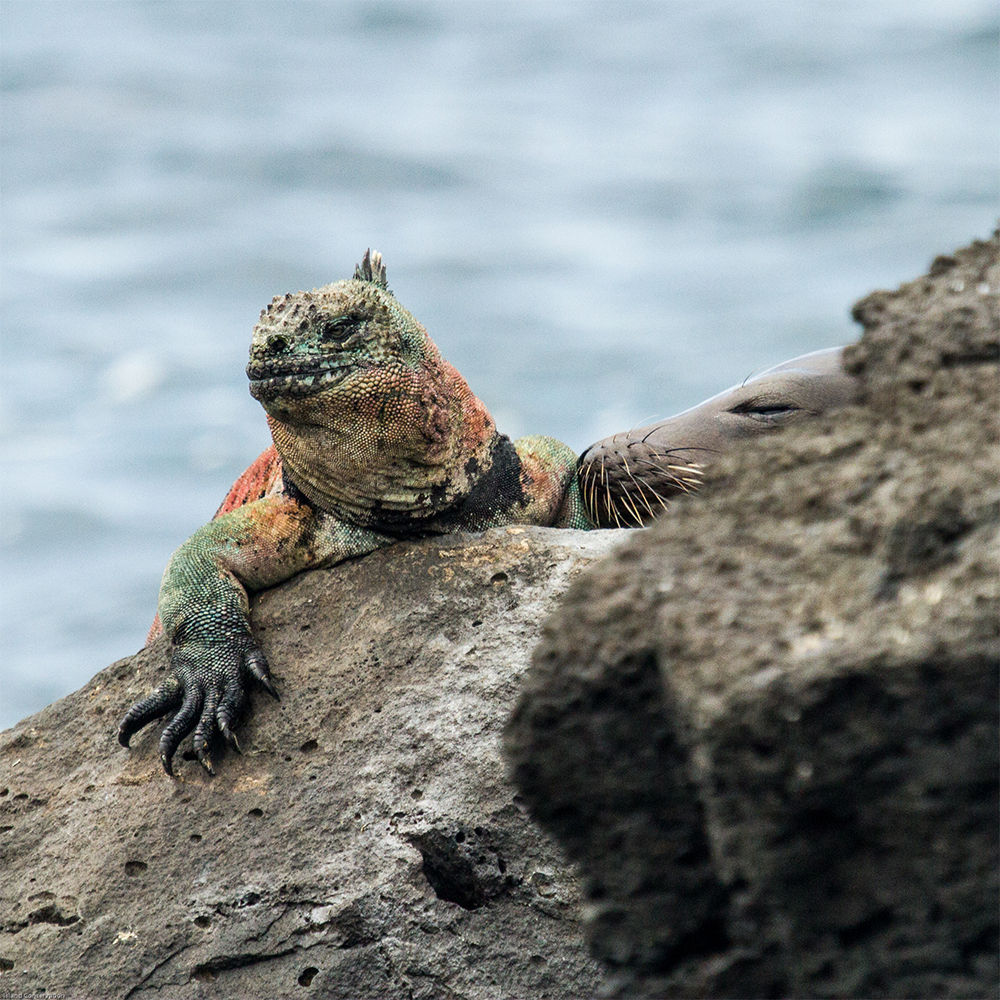May 19, 2025
UNOC 3 Position Paper
Read our position paper on The 3rd United Nations Ocean Conference (UNOC 3) to see why we're attending and what we aim to accomplish!
We use cookies to help you navigate efficiently and perform certain functions. You will find detailed information about all cookies under each consent category below.
The cookies that are categorized as "Necessary" are stored on your browser as they are essential for enabling the basic functionalities of the site. ...
Necessary cookies are required to enable the basic features of this site, such as providing secure log-in or adjusting your consent preferences. These cookies do not store any personally identifiable data.
Functional cookies help perform certain functionalities like sharing the content of the website on social media platforms, collecting feedback, and other third-party features.
Analytical cookies are used to understand how visitors interact with the website. These cookies help provide information on metrics such as the number of visitors, bounce rate, traffic source, etc.
Performance cookies are used to understand and analyze the key performance indexes of the website which helps in delivering a better user experience for the visitors.
Advertisement cookies are used to provide visitors with customized advertisements based on the pages you visited previously and to analyze the effectiveness of the ad campaigns.

Islands are incredible. Some, like Hawai’i, are forged by volcanoes. Others, like Isla Mona, are born from the collision of continental shelves. In some cases, like the Palauan Rock Islands, islands are formed atop ancient coral reefs.
Regardless of how they are formed, these beacons of biodiversity erupting from the ocean with wonder and majesty are the precious gems of our planet. I work to preserve islands because, to me, they represent the dazzling spectrum of landscapes and lifeforms that can exist all at once on our one planet.

Unfortunately, this stunning beauty comes at the price of fragility. Something as small and seemingly inert as a house mouse can have a devastating impact on an entire island’s ecosystem, reducing beauty that took millennia to form to merely homogeneous rocks in just a matter of years. Fortunately, there is hope for these stunning biodiversity hotspots.
Something as small and seemingly inert as a house mouse can have a devastating impact on an entire island’s ecosystem, reducing beauty that took millennia to form to merely homogeneous rocks in just a matter of years. Fortunately, there is hope for these stunning biodiversity hotspots.
Island Conservation puts boots on the ground, on the front lines in the effort to subdue the threat of invasive species—and that is why I am proud to work with Island Conservation. As a Photography Specialist, I gather all of the visual assets that our field staff capture, then I organize and edit them for anyone in the organization to use. I love my position because while many of my coworkers focus on a particular region such as the Southwest Pacific, the Hawaiian Islands, or the South American Coast, I get to experience every single island on which we work. This global viewpoint highlights for me the extreme variety of natural beauty present on islands. In particular, I enjoy seeing the myriad of animals that inhabit island ecosystems.

One of my favorite island species is the Marine Iguana, which is endemic to the Galápagos Islands of Ecuador. What first strikes my about these reptiles is their ancient appearance. Between their enormous claws and the continuous row of spikes that lines their spines, Marine Iguanas look like living dinosaurs.

Marine Iguanas can also boast surprisingly colorful hides. Like many species that inhabit multiple islands in the same archipelago, Marine Iguanas exhibit polymorphism across island subpopulations. While some populations are so dark that they blend in with the wet volcanic rocks on which they perch, others show vibrant red and green splotches as well as occasional patches of yellow and teal.
Wildlife on islands around the world need your help. You have the power to help prevent extinctions, and ensure that these wondrous places persist and continue to inspire generation after generation.
I could write endlessly about the boundless beauty of islands, but to do justice to these magical places you must see them for yourself. Please enjoy this set of photos of some of my favorite islands and animals from Island Conservation’s many projects.
Featured photo: Acteon & Gambier island group. Credit: Marie Helen-Burle/Island Conservation
See Photo Album
Check out other journal entries we think you might be interested in.
Notifications